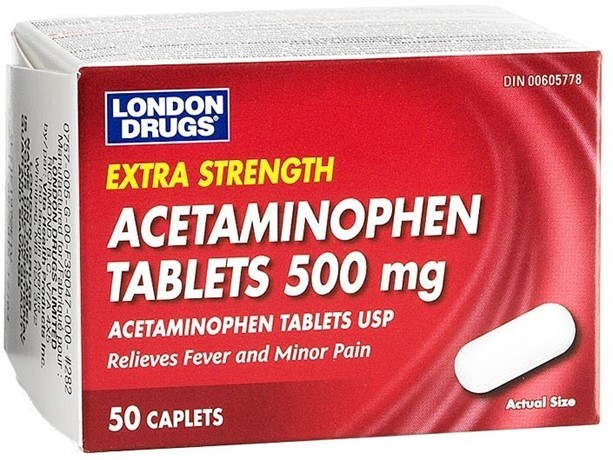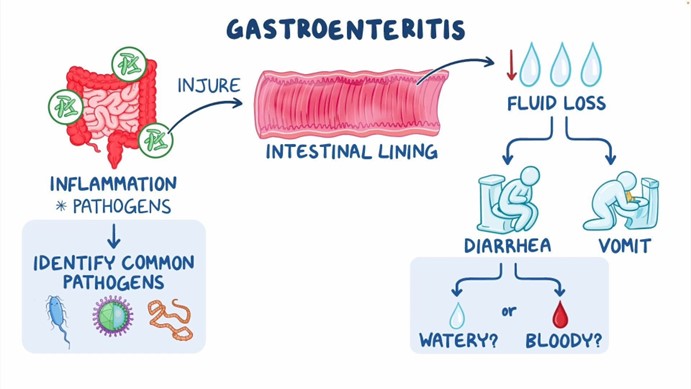A nurse is caring for a toddler who has acute laryngotracheobronchitis and has been placed in a cool mist tent. Which of the following findings indicates that the treatment has been effective?
Barking cough
Decreased stridor
Improved hydration
Decreased temperature
The Correct Answer is B
Choice A: A barking cough is not a finding that indicates that the treatment has been effective, but rather a symptom of acute laryngotracheobronchitis, which is also known as croup. Croup is a condition that causes inflammation and narrowing of the upper airway and produces a characteristic barking or seal-like cough. A barking cough may persist for several days after the onset of croup and does not reflect the severity of the airway obstruction.
Choice B: Decreased stridor is a finding that indicates that the treatment has been effective, as stridor is a sign of airway obstruction caused by acute laryngotracheobronchitis. Stridor is a high-pitched, noisy breathing sound that occurs when the air passes through the narrowed airway. Stridor may be inspiratory, expiratory, or biphasic,
depending on the level of obstruction. Decreased stridor means that the airway is less obstructed and the child can breathe more easily.
Choice C: Improved hydration is not a finding that indicates that the treatment has been effective, but rather a goal of treatment for acute laryngotracheobronchitis. Dehydration can worsen the symptoms and complications of croup by thickening the mucus and increasing the risk of infection. Improved hydration can help thin out the mucus and prevent dehydration. Hydration can be improved by encouraging oral fluids, administering intravenous fluids, or providing humidified air.
Choice D: Decreased temperature is not a finding that indicates that the treatment has been effective, but rather a possible outcome of treatment for acute laryngotracheobronchitis. Fever may or may not be present in croup, depending on the cause and severity of the condition. Fever can be caused by viral or bacterial infection, inflammation, or dehydration. Decreased temperature can indicate that the infection or inflammation is resolving or that the dehydration is corrected.
Nursing Test Bank
Naxlex Comprehensive Predictor Exams
Related Questions
Correct Answer is B
Explanation
Choice A: This instruction is not correct, as the child should avoid taking a tub bath for the first 3 days after a cardiac catheterization, which is a procedure that involves inserting a thin tube into a blood vessel and advancing it to the heart to diagnose or treat heart problems. Taking a tub bath can increase the risk of infection or bleeding at the insertion site, which is usually in the groin or arm. The child should take a shower instead and keep the insertion site clean and dry.
Choice B: This instruction is correct, as the child may experience some discomfort or soreness at the insertion site after a cardiac catheterization. Giving the child acetaminophen can help relieve the pain and reduce inflammation. The child should avoid taking aspirin or ibuprofen, as they can increase the risk of bleeding.
Choice C: This instruction is not correct, as the child does not need to stay home for 1 week after a cardiac catheterization unless there are complications or specific instructions from the provider. The child can resume normal activities within 2 to 3 days after the procedure, as long as they avoid strenuous exercise, heavy lifting, or contact sports.
Choice D: This instruction is not correct, as the child does not need to limit their diet to clear liquids for the first 24 hours after a cardiac catheterization unless there are complications or specific instructions from the provider. The child can resume their regular diet as soon as they feel hungry and drink plenty of fluids to flush out the contrast dye used during the procedure.

Correct Answer is A
Explanation
Choice A: A 13% weight loss is a sign of severe dehydration in an infant, as it indicates a significant loss of body fluids and electrolytes. Dehydration can occur in an infant who has acute gastroenteritis, which is a condition that causes inflammation of the stomach and intestines, leading to vomiting and diarrhea. A 13% weight loss can also cause other signs of dehydration, such as sunken eyes, dry mouth, decreased urine output, and lethargy.
Choice B: A bulging anterior fontanel is not a sign of dehydration in an infant, but rather a sign of increased intracranial pressure, which can be caused by various conditions, such as meningitis, encephalitis, or head trauma. A bulging anterior fontanel can also cause other signs of increased intracranial pressure, such as irritability, headache, vomiting, or seizures.
Choice C: A capillary refill of 3 seconds is not a sign of dehydration in an infant, but rather a sign of normal perfusion and circulation. Capillary refill is the time it takes for the color to return to the nail bed after applying pressure. A normal capillary refill is less than 2 seconds. A prolonged capillary refill of more than 2 seconds can indicate poor perfusion and circulation, which can be caused by various conditions, such as shock, hypothermia, or heart failure.
Choice D: Bradypnea is not a sign of dehydration in an infant, but rather a sign of decreased respiratory rate, which can be caused by various conditions, such as hypoxia, narcotic overdose, or brain injury. Bradypnea can also cause other signs of respiratory distress, such as cyanosis, confusion, or loss of consciousness.

Whether you are a student looking to ace your exams or a practicing nurse seeking to enhance your expertise , our nursing education contents will empower you with the confidence and competence to make a difference in the lives of patients and become a respected leader in the healthcare field.
Visit Naxlex, invest in your future and unlock endless possibilities with our unparalleled nursing education contents today
Report Wrong Answer on the Current Question
Do you disagree with the answer? If yes, what is your expected answer? Explain.
Kindly be descriptive with the issue you are facing.
